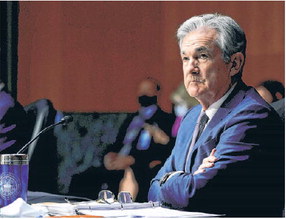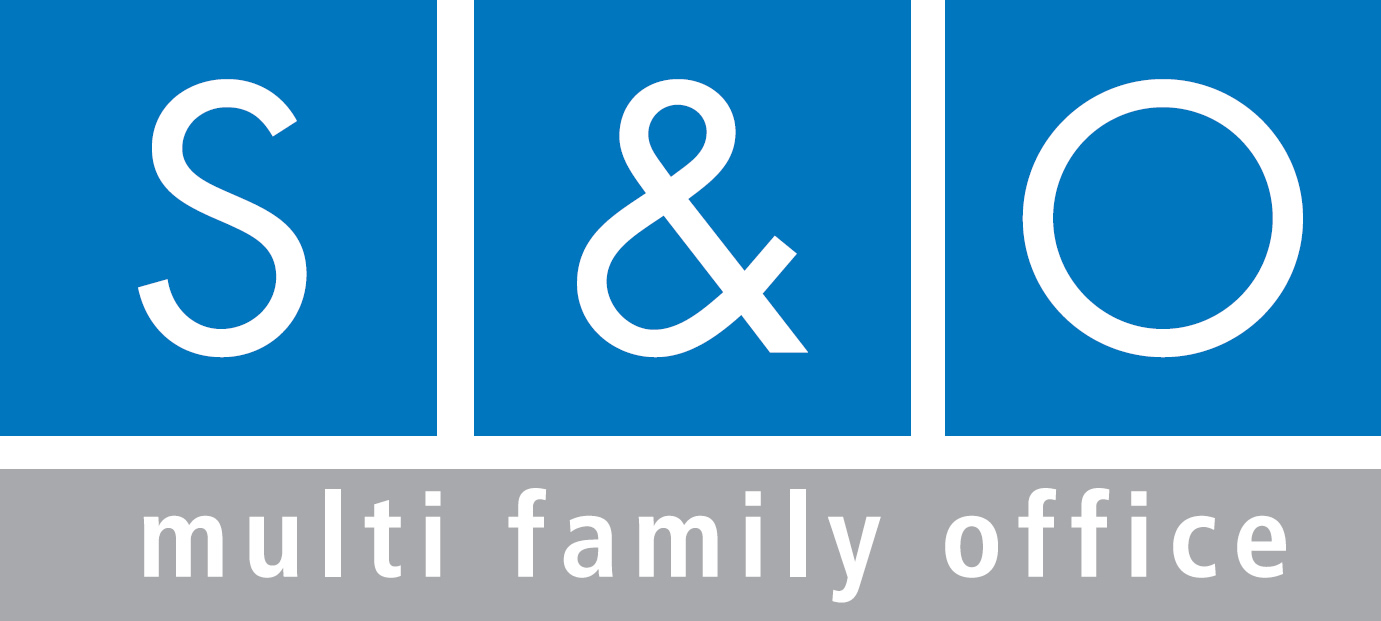Fed Won’t Burst This Bubble (Yet)
Risk of collateral damage will have to be higher.
The Federal Reserve’s job might be easier if stocks stopped going up, but there is little risk that the central bank is about to get in the market’s way.
Stock valuations are looking stretched and for some observers bubble alarm bells are starting to sound. By a variety of measures, including price to expected earnings and price to the past decade’s inflation- adjusted earnings, equities have never been so expensive outside of the dot-com bubble years.
And then there is the massive amount of speculation and huge price swings that we have begun seeing in some corners of the market— witness the frenzied trading in GameStop shares over the past week—and which have been hallmarks of past bubbles.
Fed officials used to view bubbles as beyond their purview, but the 2008 financial crisis changed that, providing them with a painful lesson that, if it cared about the economy, it should worry about financial- market excesses. For now, it professes no interest in leaning against the market. Pressed to comment on the stock market in his news conference after the Fed’s two-day policy meeting, Fed Chairman Jerome Powell said on Wednesday that across the asset market, banking and other financial areas the central bank looks at “vulnerabilities overall are moderate.”
One reason the Fed isn’t fazed by stock valuations is that it is among those arguing that, in the current low-interest-rate environment, stock prices aren’t dangerously excessive.
In the semiannual report it has been publishing since 2018 as part of its effort to address financial stability concerns, the Fed has been highlighting the spread between the S&P 500’s earnings yield (the inverse of the index’s forward price-earnings ratio) and 10-year Treasury yields adjusted for economists’ inflation expectations. Current data show that spread is around 5.6 percentage points, which if anything suggests stocks are relatively cheap. At the height of the dot-com bubble, that spread was around zero.
The Fed may also be sanguine on stocks because so far, at least, what has gone on in stocks doesn’t seem to have created the types of economic excesses that past bubbles created. The dot-com bubble, for example, led companies of all stripes to overinvest in technology, and the capital-spending bust that followed both contributed to the 2001 recession and made the early years of the subsequent recovery painfully slow. The housing and credit excesses that came to a head in the financial crisis were even worse, and took even longer for the economy to recover from.
Still, if Fed officials aren’t alarmed by what is happening in the stock market, they should at least be worried. Most standard valuation measures show stocks are alarmingly expensive, and the reason the gauge the central bank has highlighted doesn’t is that one of its inputs—the 10-year Treasury yield—is so low. Yet the yield is so low in large part because the Fed itself has promised to keep policy easy until the economy is well along the path to recovery. If Treasury yields head higher in the months ahead, stocks could quickly look much more expensive.
Moreover, even though what is going on in the stock market hasn’t created any big, obvious economic excesses, a steep decline in the market could shake confidence, hobbling the economy’s ability to recover. So for the Fed, a scenario where stock prices drift instead of continuing to surge is probably preferable.
But moving to counter the market’s rise carries its own risks, and with the economy still in the grips of the Covid-19 crisis, and millions of Americans still out of work, the Fed is predisposed to tread cautiously. At most officials might allude to pockets of froth in the market—and they might even view that as too perilous. For now investors don’t have to worry about much fight from the Fed.
—Justin Lahart

Fed Chairman Jerome Powell said last week that across the financial areas the central bank looks at “vulnerabilities overall are moderate.”

Articolo tratto dal “The Wall Street Journal” del 01/02/2021
